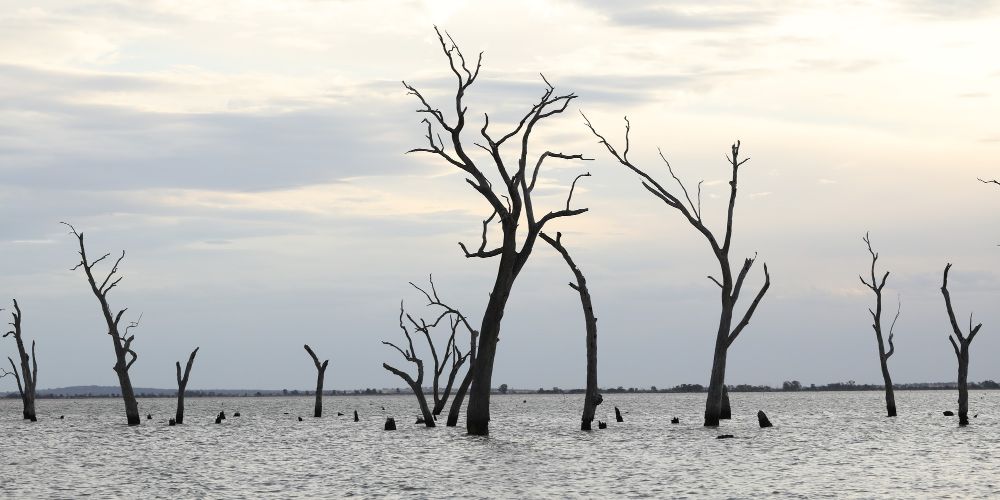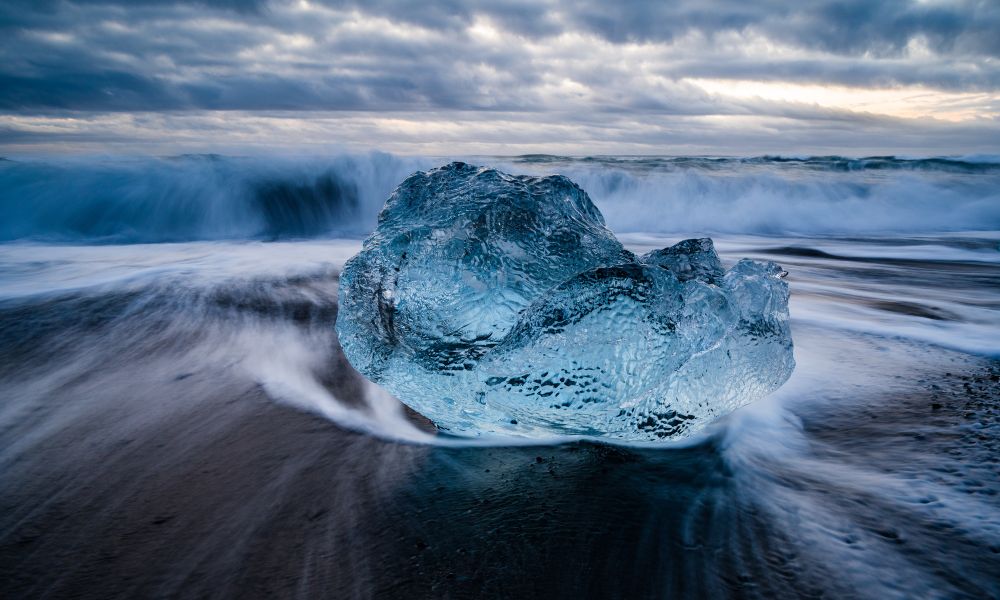Climate change is a global phenomenon that has been causing devastating effects on our planet for years. One of the most noticeable consequences of climate change is the intensification of natural disasters like wildfires and floods. In this blog post, we will discuss how climate change intensifies these two types of disasters and provide a comprehensive overview of their impact on the environment and human life.
Wildfires are common in many parts of the world, especially in dry areas with a high concentration of vegetation. However, the severity and frequency of wildfires have increased due to climate change. Rising temperatures, prolonged droughts, and changing weather patterns have made forests and grasslands more susceptible to fire outbreaks. For instance, the Western United States has seen a threefold increase in wildfires since the 1970s.
Wildfires release enormous amounts of greenhouse gases, such as carbon dioxide and methane, which contribute to the further warming the planet. Moreover, they destroy habitats, kill wildlife, and severely threaten human life and property. In 2020, wildfires in California alone burned over 4.1 million acres of land, destroyed over 10,000 structures, and caused at least 33 fatalities.
Floods are another natural disaster that has become more frequent and severe due to climate change. As temperatures rise, more water evaporates into the atmosphere, causing more intense precipitation events. Warmer ocean temperatures also contribute to stronger and more frequent hurricanes, which can cause severe flooding in coastal areas.
Moreover, the loss of wetlands and natural water storage areas due to human activities has made many regions more susceptible to floods. The destruction of mangroves, for instance, has reduced their protective function against storm surges and tidal waves. In 2020, the United States experienced an unprecedented hurricane season, with 30 named storms and 12 landfalling hurricanes, causing widespread flooding and billions of dollars in damages.
The impact of these natural disasters goes beyond the immediate destruction of property and loss of life. Wildfires and floods can also have long-term effects on the environment and the economy. For instance, the destruction of forests and grasslands due to wildfires can lead to soil erosion, loss of biodiversity, and increased greenhouse gas emissions. Floods can damage infrastructure, disrupt transportation and commerce, and lead to the spread of waterborne diseases.
To mitigate the effects of climate change, we need to take urgent action to reduce greenhouse gas emissions and invest in measures to adapt to its consequences. We must also protect and restore our natural ecosystems, such as wetlands, forests, and mangroves, to help buffer against the impacts of natural disasters. Governments, businesses, and individuals all have a role to play in this effort.
In conclusion, climate change is intensifying wildfires and floods, causing significant damage to our planet and our way of life. We must take action to address this issue and protect ourselves and our environment from its consequences. Working together can create a more sustainable and resilient future for future generations.







